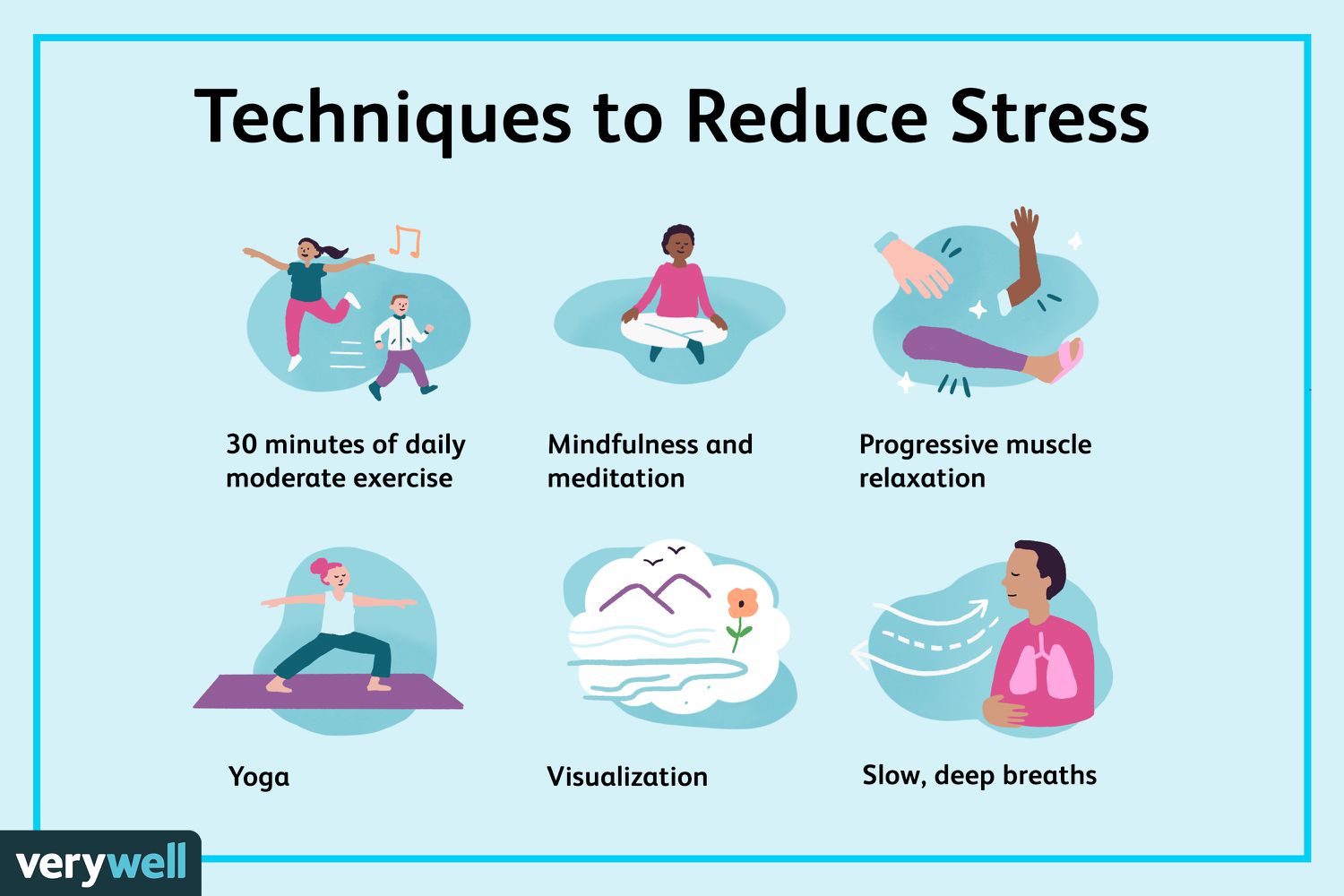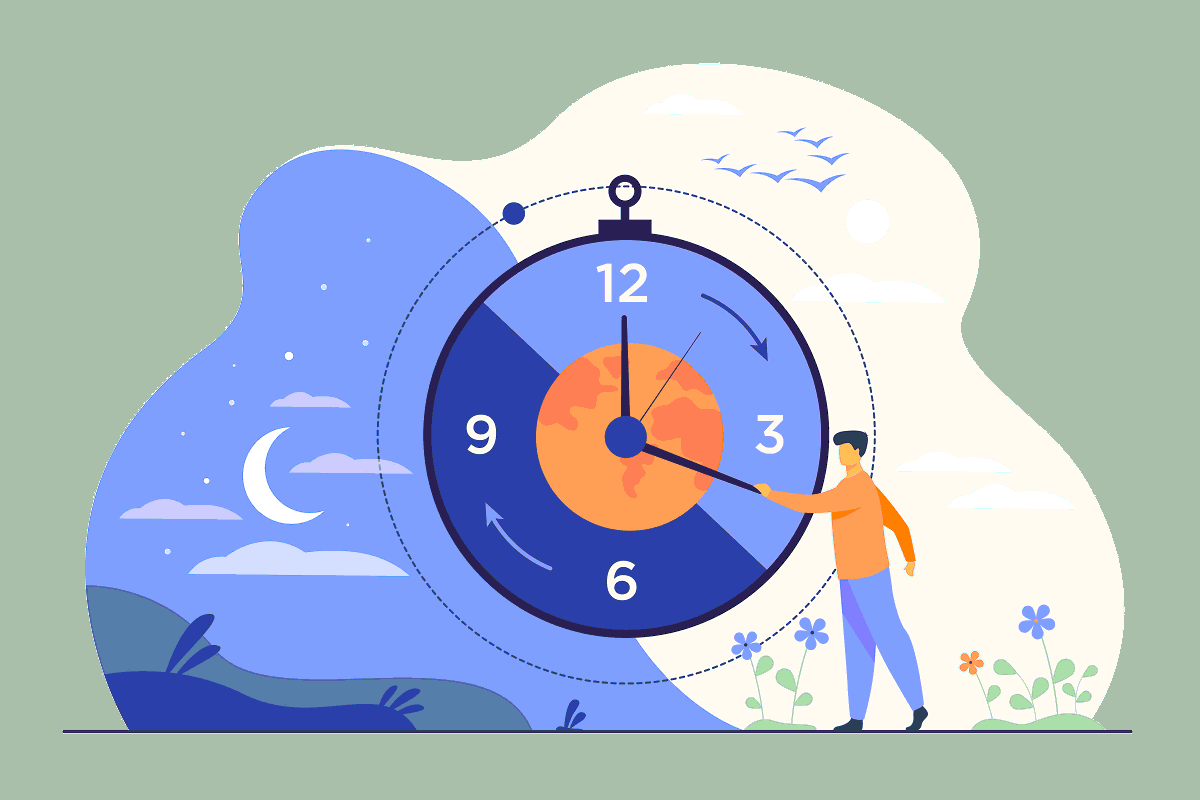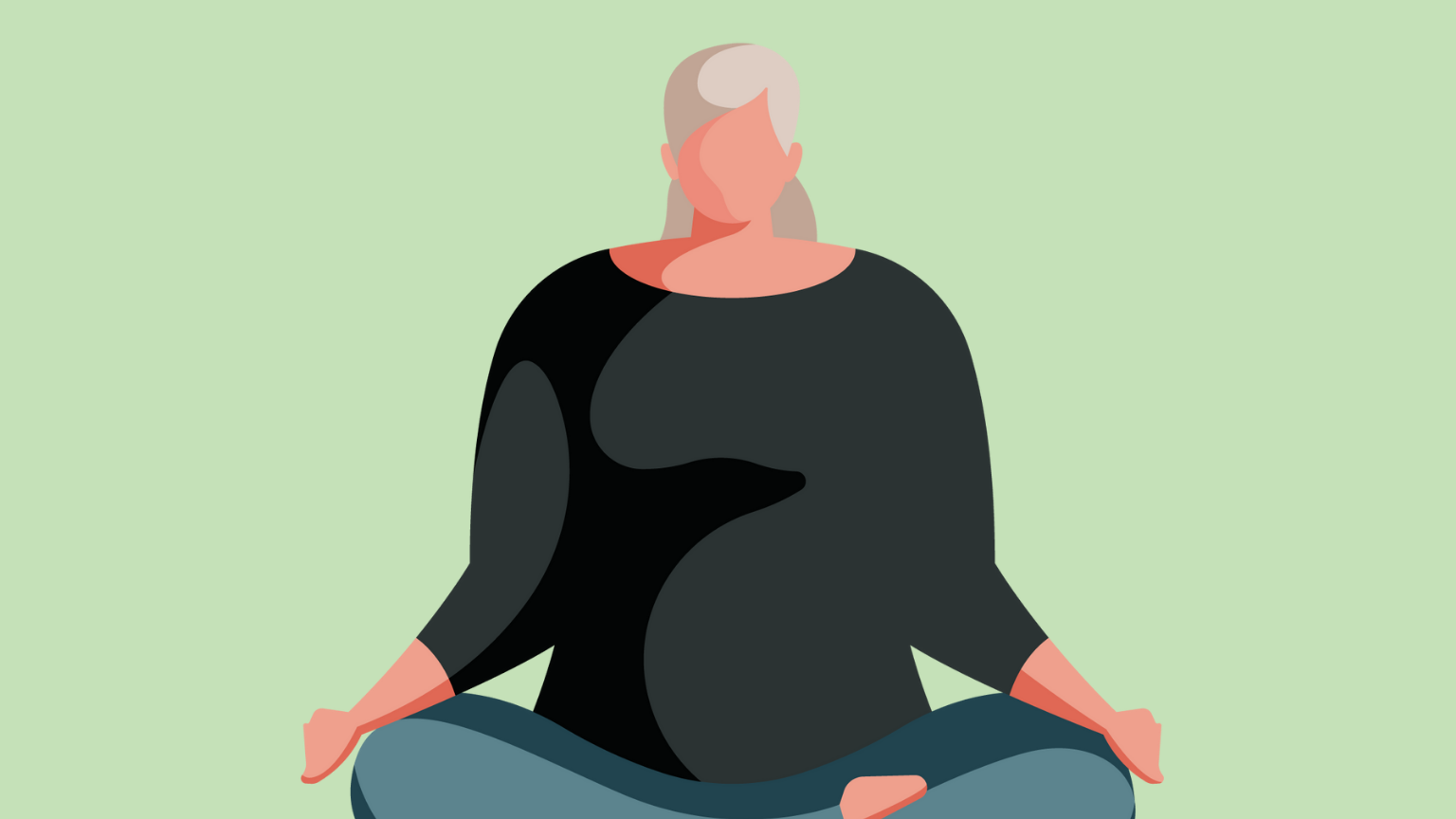Breathing Techniques for Instant Calm
Breath is the remote control for your nervous system. By consciously altering your breathing patterns, you can shift from stress to calm within minutes. This guide explores the science behind breathwork and provides six powerful techniques you can use anytime, anywhere to regain equilibrium.
The Physiology of Breath
How breathing affects stress response:
Vagus Nerve Stimulation
Slow, deep breathing activates the parasympathetic nervous system via the vagus nerve, slowing heart rate and promoting relaxation.
CO2 Balance
Proper breathing maintains optimal carbon dioxide levels, preventing overexcitation of neurons that can amplify stress responses.
Research shows that just three minutes of conscious breathing can reduce cortisol levels by up to 17%.
1. Box Breathing (Navy SEAL Technique)
This military-tested method enhances focus under pressure:
How to Practice
- Inhale for 4 counts
- Hold for 4 counts
- Exhale for 4 counts
- Hold for 4 counts
- Repeat for 3-5 cycles
A 2021 study found that box breathing improved stress resilience markers by 23% in high-pressure professionals.
2. 4-7-8 Breathing (Relaxing Breath)
Developed by Dr. Andrew Weil, this technique promotes rapid relaxation:
How to Practice
- Exhale completely through your mouth
- Close mouth and inhale quietly through nose for 4 counts
- Hold breath for 7 counts
- Exhale completely through mouth for 8 counts
- Repeat 3-4 times
Clinical trials show this method can reduce anxiety symptoms by 34% within minutes.
3. Alternate Nostril Breathing (Nadi Shodhana)
An ancient yogic practice that balances the nervous system:
How to Practice
- Close right nostril with thumb, inhale through left for 4 counts
- Close both nostrils, hold for 4 counts
- Open right nostril, exhale for 8 counts
- Inhale through right for 4 counts
- Hold both closed for 4 counts
- Exhale through left for 8 counts
- Repeat for 5-10 cycles
EEG studies show this technique creates balanced brainwave activity between hemispheres, associated with calm focus.
4. Diaphragmatic Breathing (Belly Breathing)
Engages the diaphragm for optimal oxygen exchange:
How to Practice
- Place one hand on chest, one on belly
- Inhale deeply through nose, letting belly rise while chest stays still
- Exhale slowly through pursed lips
- Aim for 6-10 deep breaths per minute
- Continue for 5-10 minutes
Research shows this method reduces blood pressure and cortisol levels more effectively than chest breathing.
5. Resonant Frequency Breathing
Matches breath to your body's natural rhythm for maximum relaxation:
How to Practice
- Find your resonant frequency (typically 4.5-6.5 breaths per minute)
- Inhale for 5 seconds
- Exhale for 5 seconds
- Continue for 10-20 minutes
Studies show this pace maximizes heart rate variability (HRV), a key marker of stress resilience.
6. Sighing Breath (Physiological Sigh)
A natural stress-relief mechanism we can consciously employ:
How to Practice
- Take a double inhale—first a normal breath, then a second quick sip of air
- Exhale slowly and completely
- Repeat 2-3 times
Stanford research shows this technique can reduce stress levels by up to 50% within 60 seconds.
Creating a Breathwork Practice
For lasting benefits, incorporate breathwork into your daily routine. Morning practice sets a calm tone for the day, while evening practice can improve sleep. Keep sessions brief (3-5 minutes) for acute stress relief, or extend to 10-20 minutes for deeper effects. Experiment to find which techniques work best for your needs—the most effective method is the one you'll practice consistently.






